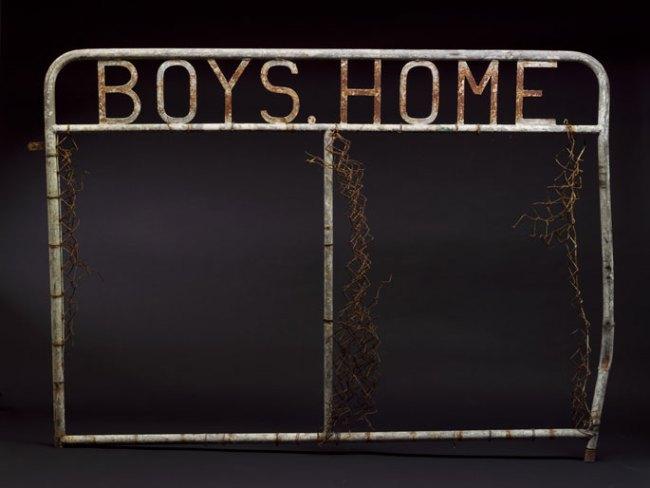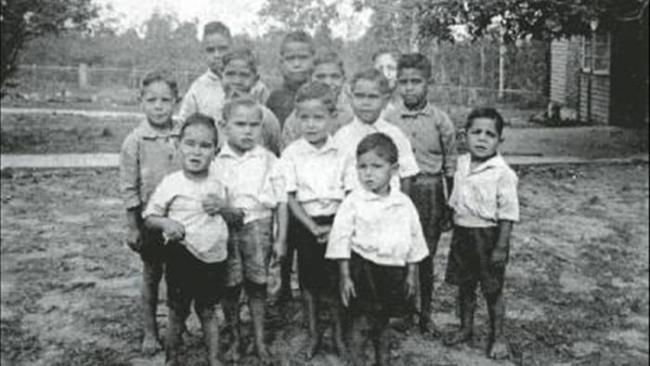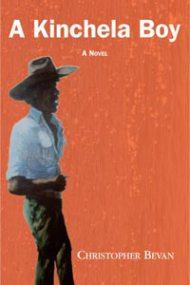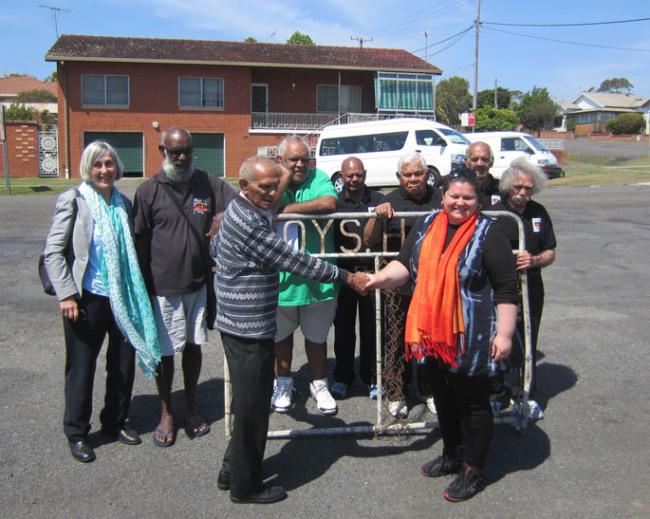Fr. James Robinson OR: Global COVER-UP
By Lewis Blayse
NOTE: Aboriginal and Torres Strait Islander people are respectfully advised that the following article contains images and names of people who are deceased. The Kinchela Boys’ Home is another of the children’s homes deserving of a fresh look by the Royal Commission, since more issues have arisen since the last review. It has been reported that about 10% of those stolen children sent to institutions were sexually abused. The Kinchela Boys’ Home was established by the Aboriginal Protection Board in 1924 to house Aboriginal boys who were removed from their families as part of the process of “assimilating” them into white Australian society at a time when the “white Australia Policy” was in force. It closed in 1970. In most cases, boys were sent to traditional boys’ homes. Kinchela was a bit unusual in being solely for Aboriginal boys. Typically, physical, emotional and sexual abuses were common there. Much is detailed in the “Bringing Them Home” report of the national enquiry into the Separation of Aboriginal and Torres Strait Islander Children from their Families. Kinchela has been written about in a few places besides the “Bringing Them Home” report. For example, there is Bill Simon’s autobiography “Back on the Block”. Christopher Bevan has written a novel based on the life of Kinchela survivor, Cecil Bowden. The Kinchela story has been the subject of a Ph.D. thesis by Christine Shepley of the University of Newcastle in NSW (see references below). A photographic exhibition, entitled “Let’s Face It”, by Sarah Barker, was held in 2011 at the University of Sydney. It was attended by past Kinchela boys, including Bill Simon, who had their “Home Number” placed below their photographs. Most children’s homes of the era used numbers rather than names. Bill was No. 33 (The author of this blog was No. 32). [There was a news report once about a gathering for women named “Shirley”. It would be interesting to see something similar, for example, for all of the No. 44 children.] The exhibition was opened by NSW Governor, Professor Marie Bashir, who noted that “Certainly, the stories that have been shared with us of some of the Kinchela boys have left memories in our hearts that can never be erased. It fills me, as it does so many Australians, with a powerful sense of shame, revulsion and continuing deep sadness.” The boys had been removed from their families under the Aborigines Protection (Amendment) Act (No. 215) until they were old enough to be sent out to work, at 15, as manual labourers and agricultural workers. They remained Wards of the State until they turned 18. Their income was held in trust by the Board, and this remains a significant issue as record-keeping left much to be desired. The Government policy of assimilation was based on Social Darwinism, or the premise that “full blood” Aborigines would die out and the “mixed race” Aboriginal children would soon have their Aboriginality bred out. The Kinchela boys were to be denied their Aboriginality and cultural heritage. The NSW government estimated that, in New South Wales alone, there were at least 8,000 Aboriginal children who had been taken away from their families between 1885 and 1996 After closure of the Home, in 1970, the Aboriginal community lobbied to keep it for the control and use of the Aboriginal Community. The Minister for Child and Social Welfare determined the site would be sold and advertised it to be auctioned on 5th May 1972. Thanks to the advocacy of strong Aboriginal voices the government overturned its decision, and the former home was passed into Aboriginal ownership. The former Kinchela Aboriginal Boys’ Home now belongs to the Kempsey Local Aboriginal Land Council. The Kinchela Aboriginal Boys Home has been declared a heritage site by the NSW government. It is also an “Aboriginal Place” to recognize the cultural, social and historic significance of the site to the Aboriginal community. In 2002 a Kinchela Boys’ Home Reunion was held at the site. The Deputy Premier of NSW and Minister for Aboriginal Affairs used the occasion to formally apologize to the former Home Boys and congratulated them on their courage in returning. One of the gates from the Home is now in the NationalMuseum. Reflecting on the significance of the gate, former Kinchela resident, Manuel Ebsworth, said that “This is what kept us in, kept us from our culture. Going through that gate, it was going into hell.” The Kinchela men have not yet received government compensation.
|
.
Any original material on these pages is copyright © BishopAccountability.org 2004. Reproduce freely with attribution.



